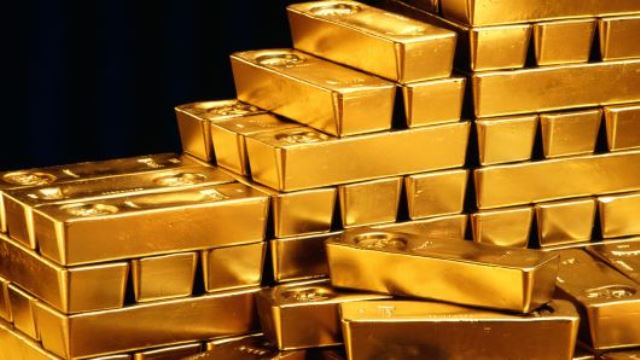- Gold buying by central banks reaches its highest level since the fourth quarter of 2015.
- Around $5.82 billion was spent during the third quarter to boost central bank reserves.
- The buying was offset by heavy selling of gold-backed funds during the same period.
Central banks around the world have upped their spending on gold to the highest level in almost three years, according to the World Gold Council(WGC).
More than 148 metric tons of gold were bought by the national banks in the three months to the end of September, a rise of 22 percent on the same period last year.
Russia’s central bank led the buying, purchasing more than 92 tons of gold. This marked the country’s biggest quarterly net purchase on records that stretch back to 1993.
In May this year, the Russian central bank’s First Deputy Governor Dmitry Tulin told lawmakers in the lower house of parliament that gold was “a 100 percent guarantee from legal and political risks.”
The WGC, a non-profit association of the world’s leading gold producers, said other big buyers of gold during the third quarter were the central banks of Turkey (18.5 tons), Kazakhstan (13.4 tons) and India (13.7 tons).
In Europe, the national banks of Poland and Hungary also ramped up gold purchases. According to the WGC, the latter has said the buying is to enhance the long-term stability of its reserves.
Gold is often considered as a hedge against any fall in value of the U.S. dollar. During the third quarter, the dollar index ticked up by around 0.7 percent.
Despite the appetite from several central banks, the price of gold fell around 4 percent during the period, slipping below $1,200 per troy ounce to hit its lowest level since January 2017. Bullion has since seen a positive month in October, rising by around 2 percent.
The WGC said that while central bank demand was complemented by more buying of physical bars and coins, jewelry and orders from technology firms, investors took flight.
Data revealed by the council revealed that selling of gold-backed exchange traded funds (ETFs) in the third quarter resulted in sales of more than 116 tons of the precious metal.
The overall net effect was that gold demand in the third quarter was 964.3 tons, 6.2 tons higher on a year-on-year basis.












